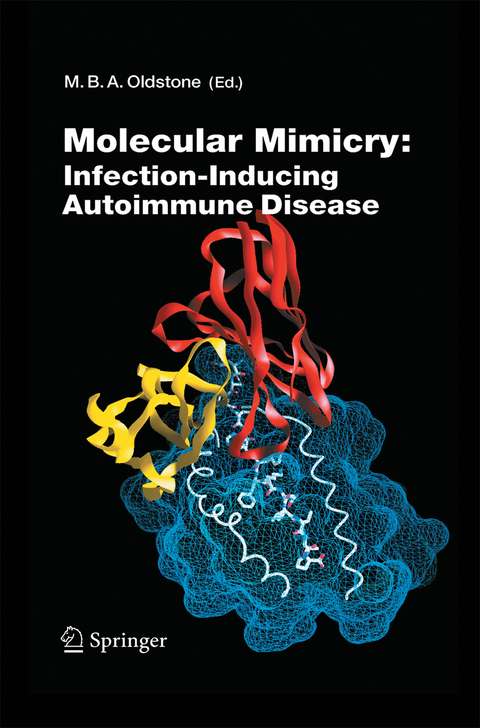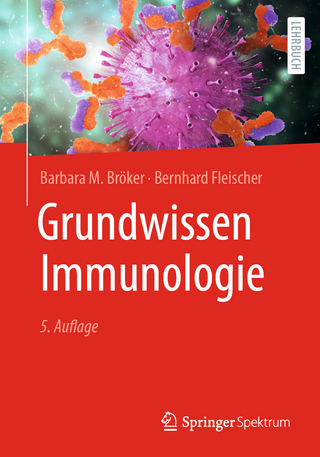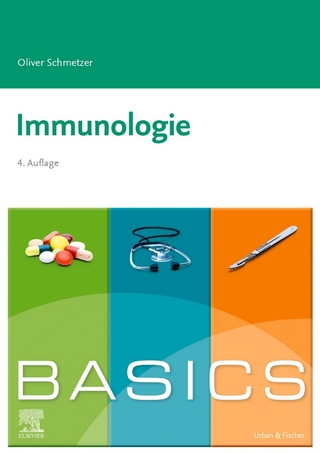
Molecular Mimicry: Infection Inducing Autoimmune Disease
Springer Berlin (Verlag)
978-3-642-42183-9 (ISBN)
Molecular Mimicry, Microbial Infection, and Autoimmune Disease: Evolution of the Concept.- The Structural Interactions Between T Cell Receptors and MHC-Peptide Complexes Place Physical Limits on Self-Nonself Discrimination.- A Virus-Induced Molecular Mimicry Model of Multiple Sclerosis.- Suppression of Autoimmunity via Microbial Mimics of Altered Peptide Ligands.- Molecular and Cellular Mechanisms, Pathogenesis, and Treatment of Insulin-Dependent Diabetes Obtained Through Study of a Transgenic Model of Molecular Mimicry.- Trypanosoma cruzi-Induced Molecular Mimicry and Chagas' Disease.- HTLV-1 Induced Molecular Mimicry in Neurological Disease.- Molecular Mimicry: Anti-DNA Antibodies Bind Microbial and Nonnucleic Acid Self-Antigens.- Chlamydia and Antigenic Mimicry.
| Erscheint lt. Verlag | 25.9.2014 |
|---|---|
| Reihe/Serie | Current Topics in Microbiology and Immunology |
| Zusatzinfo | VII, 168 p. |
| Verlagsort | Berlin |
| Sprache | englisch |
| Maße | 155 x 235 mm |
| Gewicht | 284 g |
| Themenwelt | Studium ► Querschnittsbereiche ► Infektiologie / Immunologie |
| Schlagworte | Antibody • Antigen • autoimmune disease • autoimmunity • Cell • Infection • Insulin-Dependent Diabetes • microbe • microbes • Multiple Sclerosis • pathogenesis • Protein • proteins • T Cell • Virus |
| ISBN-10 | 3-642-42183-0 / 3642421830 |
| ISBN-13 | 978-3-642-42183-9 / 9783642421839 |
| Zustand | Neuware |
| Haben Sie eine Frage zum Produkt? |
aus dem Bereich


